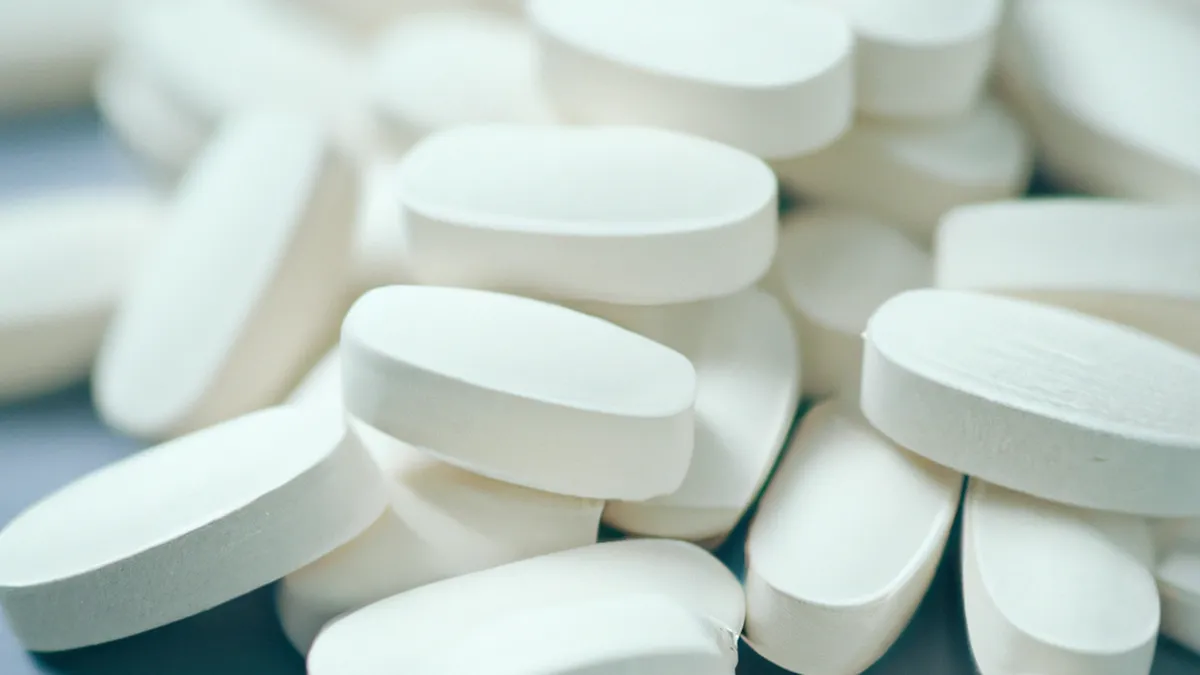Thrive During Long Runs: Hydration Essentials
Optimal Hydration Techniques for Endurance Athletes During Long Runs
As an Amazon Associate I earn from qualifying purchases.
Gear tip: consider protein powder, shaker bottle and electrolyte mix to support this workout.
Hydration significantly enhances athletic performance. For endurance athletes, proper hydration during long runs can determine finishing strength. Whether training for a marathon or enjoying long-distance running, effective hydration techniques are crucial. This blog will explore optimal hydration strategies for your next long run.
Understand Your Hydration Needs
To optimize hydration, first understand your body’s needs. Every runner differs, and hydration requirements vary with temperature, humidity, and sweat rates.
Calculate Your Sweat Rate
Weigh yourself before and after a run to determine your sweat rate. For example, if you weigh 150 pounds before a long run and 148 pounds after, you lost 2 pounds. Since 1 pound equals about 16 ounces, you lost approximately 32 ounces during your run. This data helps you plan fluid intake for future workouts.
Monitor Your Urine Color
Monitor your urine color as another helpful technique. Aim for light yellow, which indicates good hydration. Dark yellow or amber suggests dehydration. Checking your urine before and after runs helps assess hydration status.
Hydration Strategies for Long Runs
Now that you know how to assess your hydration needs, explore effective hydration strategies.
Pre-run Hydration
Before lacing up your shoes, ensure adequate hydration. Drink 16 to 20 ounces of water or a sports drink about two hours before your run. This practice enhances fluid absorption. In hot weather, consider adding electrolytes to your pre-run drink.
During the Run
During your run, consume fluids regularly. Aim for 7 to 10 ounces of water or a sports drink every 10 to 20 minutes. This strategy maintains hydration levels and replenishes lost electrolytes. Use a hydration belt or vest to carry fluids for easy access.
Post-run Hydration
After your run, replenish lost fluids with 16 to 24 ounces of water or a recovery drink. Consuming a beverage with carbohydrates and protein aids recovery.
Benefits of Proper Hydration
Proper hydration provides numerous benefits for endurance athletes. Firstly, it maintains optimal performance. Well-hydrated athletes experience efficient cardiovascular function, enhancing oxygen delivery to muscles.
Secondly, hydration supports temperature regulation. During long runs, sweating cools the body. Failing to replace lost fluids can increase body temperature, leading to heat exhaustion.
Lastly, hydration plays a vital role in recovery. Drinking fluids post-run restores lost electrolytes and prevents muscle cramps.
Additional Tips for Optimal Hydration
1. **Practice During Training:** Test hydration strategies during training runs. This practice identifies what works best for your body and prevents surprises on race day.
2. **Choose the Right Fluids:** Water is essential, but sports drinks provide carbohydrates and electrolytes. Choose a drink with 6 to 8% carbohydrates for optimal absorption.
3. **Use Electrolyte Supplements:** Consider using electrolyte supplements during long runs. These can take the form of tablets or powders that dissolve in water.
4. **Adjust for Weather Conditions:** Hot and humid weather increases fluid needs. Cooler weather may require less fluid intake. Adjust your hydration plan based on conditions.
5. **Listen to Your Body:** Pay attention to your body’s signals. Thirst clearly indicates hydration needs. However, don’t wait until thirsty to drink. Maintain steady intake throughout your run.
Conclusion
Optimal hydration is essential for endurance athletes during long runs. By understanding hydration needs, implementing effective strategies, and monitoring body signals, you can enhance performance and recovery. Practice your hydration plan during training to find what works best for you. With the right techniques, you’ll achieve your running goals. Stay hydrated and enjoy your runs!
Below are related products based on this post:
FAQ
What is the best way to calculate my sweat rate for hydration planning?
To calculate your sweat rate, weigh yourself before and after a run. The difference in weight reflects the amount of fluid lost through sweat. For example, if you weigh 150 pounds before and 148 pounds after, you lost 2 pounds, which is approximately 32 ounces of fluid. This information helps you plan your fluid intake for future workouts.
How much should I drink before, during, and after a long run?
Before your run, drink 16 to 20 ounces of water or a sports drink about two hours in advance. During the run, aim for 7 to 10 ounces of fluids every 10 to 20 minutes. After your run, replenish with 16 to 24 ounces of water or a recovery drink to restore lost fluids.
What are some signs that I may be dehydrated during my run?
Monitor your urine color; light yellow indicates good hydration, while dark yellow or amber suggests dehydration. Additionally, pay attention to your body’s signals, such as increased thirst or fatigue, which can also indicate that you need to hydrate more effectively.















Post Comment